Embracing Internal Partners
Magic happens when you engage with internal stakeholders beyond your core team. Exciting ideas and connections emerge, additional resources for fundraising efforts materialize, voices that have the ability to motivate your donors come to the surface, and new allies who can advance your organization’s culture of philanthropy appear.
But making that magic happen also requires work. It’s not just a matter of sharing information with others. It’s also making the space to receive feedback and ideas, evaluating these ideas, cultivating relationships, and leveraging any new resources and knowledge you gain.
Here are some ideas for engaging successfully with stakeholders throughout your organization.
Communicate Regularly
Communicate with purpose and intention to people throughout your organization. Announce the campaign at an all staff function before going public, and be sure to tie it clearly to the goals of any recent strategic planning. From there, share updates similar to what you would share with your donors, such as:
Quarterly email updates with fundraising developments and campaign stories.
An annual philanthropic impact report on what fundraising made possible in the last year.
Open the Door
Communication goes both ways, and you need to provide pathways for those throughout your organization to partner with you. If you successfully engage others, you’ll gain ideas or connections that could inform your fundraising.
Embolden prospective partners to share ideas that could advance your campaign. Implement a tiered approach if your organization is on the larger side that encourages stakeholders to share thoughts with their managers who can pass them up the chain.
Identify a liaison (or two) on your team who will be the face of your internal engagement efforts. Share their information appropriately, whether to everyone in the organization or managers only.
Demonstrate that you value these contributions with appropriate gratitude messaging and thank you touchpoints. These people may not be donors, but you still need to steward them as partners.
Commit to Processes
With positive exchange in place, you’ll need effective guardrails to make the most of these relationships.
Set up an ongoing meeting to discuss any new ideas with key development decision makers to harmonize your efforts, prioritize timely opportunities, and set less promising avenues to the side.
Document interactions with internal stakeholders as you would interactions with donors, ideally in your CRM.
Loop in development staff as appropriate. For example, if someone in your organization has launched a new conservation effort focused on landfill waste diversion, share this with frontliners and donor relations staff assigned to those who care about sustainability practices. Additionally, share anything that might yield impact storytelling with your team’s communicators, namely annual fund, marketing, and development communications staff.
Circle back to your internal partners and let them know the status of any fundraising possibilities or connections they identified. Even if you’re not moving forward with anything, it’s important to follow up with them.
